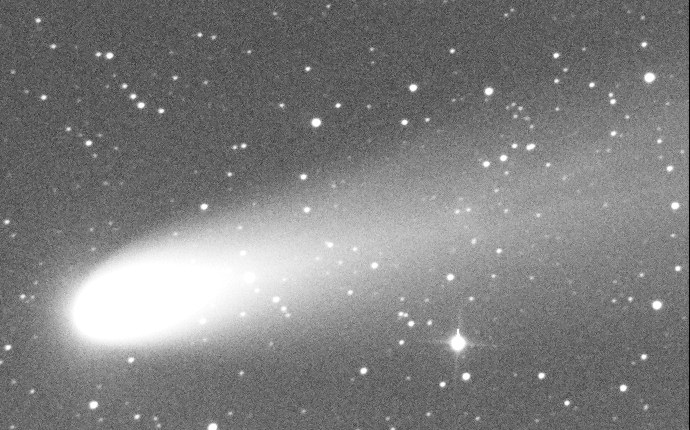Astronomers around the world will watch the skies to see if the debris of comet SW3 produces an impressive, strange meteor shower that was predicted almost 100 years ago.
In May 1930, German astronomers witnessed an incredible spectacle: a shooting star shower of 100 meteors a minute. The researchers were then able to find the ‘culprit’ of this totally new ‘meteor storm’: Comet 73P/Schwassmann-Wachmann 3 , also known as SW3 .
They predicted that, if it came even closer (it visits us relatively frequently, every 16 years), an even greater phenomenon could be seen from Earth. Now, almost a century later, the SW3 its fragments will ‘graze’ us in the early hours of Tuesday, May 31st, a unique moment for astronomy.
Such comets are made of ice, water vapour, dust, carbon dioxide, ammonia and other gases, materials dating back to the time the Solar System formed 4.5 billion years ago. The most spectacular part, and of course the most famous, is the tail, which can measure up to hundreds of millions of kilometers in length.
Where and when to see it
According to several experts, the chances of another show like the one in 1995 being observed are high. A consensus of the various predictions points to 05:00 UT/GMT on Tuesday, May 31 (7 AM PT) as the best time to see the psectacle
Astronomers recommend heading to a secluded spot to avoid light pollution. In addition, the Moon will be in a new phase, ideal to enjoy the show, as well as fairly clear skies throughout Spain.
Opportunity for amateur astronomers
From the Spanish Research Network on Fireballs and Meteorites they are promoting a photographic and video recording campaign of the meteoric activity, for which they encourage any astro-photographer to participate with their videos and images, which will later form part of a future study , if the expected show finally takes place.
Fingers crossed!
Cover photo: cneos-Nasa

